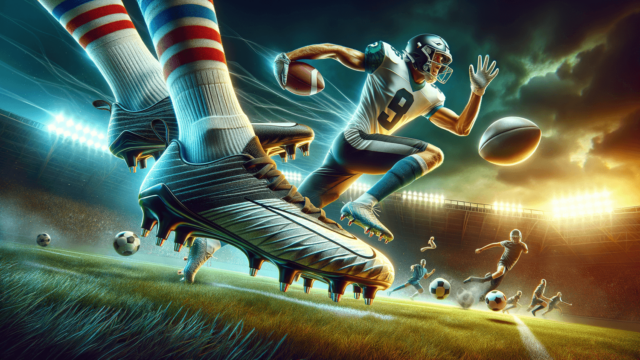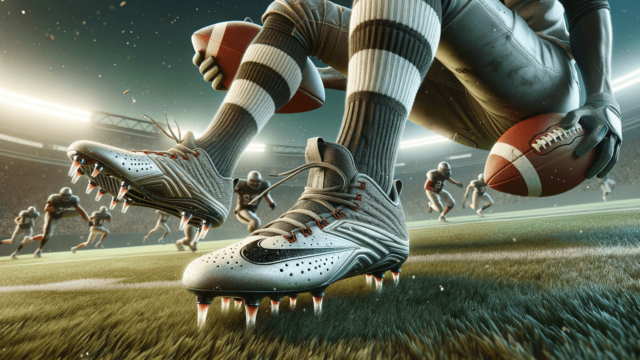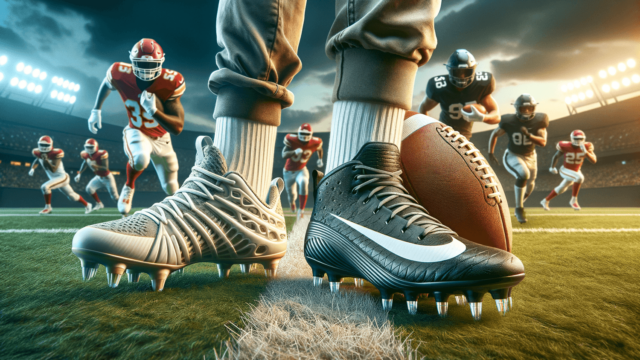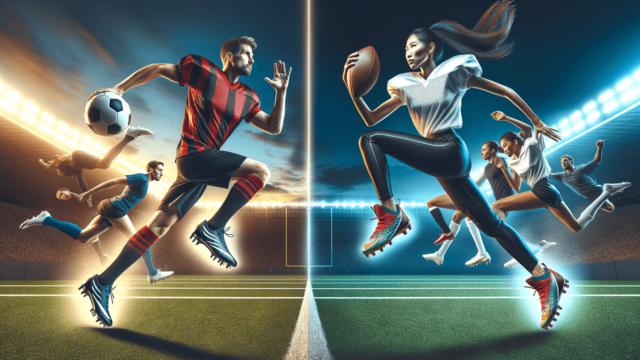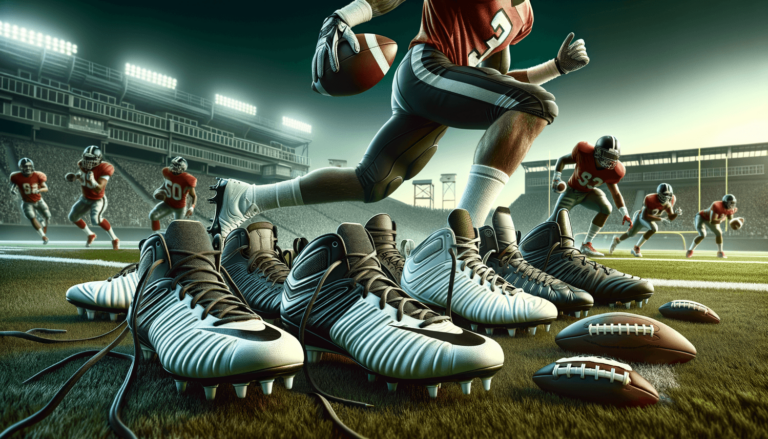
Yes, football cleats tend to run small in size compared to regular shoes. It is recommended to go half or one size up for a better fit and improved comfort.
Football Cleats Sizing: The Crucial Aspect
When it comes to football, cleats are an essential part of the gear to deliver optimal performance on the field. But do football cleats run small? The answer is yes, they often run smaller than your regular shoe size. Understanding proper sizing is crucial to ensure comfort and reduce the risk of injury. This blog post aims to provide straightforward information on football cleats sizing and what to consider when purchasing.
Why Football Cleats Run Small
Football cleats are designed to provide a snug and secure fit to maximize control and stability during gameplay. This often results in a tighter fit compared to regular shoes, leading them to run small for many players. Factors such as manufacturer differences, specific models, and materials can also affect sizing.
Finding the Right Fit for Your Feet
To find the right size of football cleats, it is recommended to go half or one size up from your regular shoe size. Keep in mind that your toes should have some wiggle room but not slide around. It’s essential to secure your foot while still maintaining a comfortable fit. To ensure a good fit, consider the following steps:
- Measure your feet at the end of the day – feet tend to swell during the day, so this will provide a more accurate measurement.
- Wear your football socks when trying on cleats – this can help achieve the desired fit as they will be thicker than regular socks.
- Try on multiple sizes and brands – different brands and models have slightly different sizing, so trying on various options can help find the best fit for you.
considering Width and Material
Apart from the length, the width of the football cleats is another important factor to consider. Some brands offer cleats in various width sizes like narrow, standard, or wide. Choose the width size that fits you the best without causing pressure points on your feet.
Football cleats are typically made from synthetic materials like synthetic leather, which offers a snug fit with reduced stretch over time. However, if you are looking for a more adaptable fit, consider cleats made from natural leather as they tend to stretch and mold to the shape of your feet with use.
Optimizing Your Football Cleats for Performance
Once you’ve found the right fit, consider breaking in your new football cleats to ensure maximum performance and comfort. Properly breaking in your cleats will help reduce the risk of blisters and other discomforts that may arise during gameplay. Here are some tips on how to break in your new football cleats:
- Wear them indoors – walk around your home or practice short sprints to soften the materials and mold the cleats to your feet.
- Use shoe stretchers – these devices can help gently stretch the material and create a more customized fit, especially for tighter cleats.
- Practice with them – participate in light practice sessions to break in the cleats under game-like conditions, gradually increasing intensity to prepare them for actual matches.
Caring for Your Football Cleats
Proper care for your football cleats extends their lifespan and ensures they remain comfortable and effective on the field. Here are some key maintenance tips:
- Allow them to dry properly – after games or practice sessions, place the cleats in a well-ventilated area to dry them out, avoiding the build-up of mold and unpleasant odors.
- Clean them regularly – use a soft brush or cloth to remove mud and dirt from your cleats. Avoid soaking or using harsh cleaning chemicals, as they can damage the materials and structure of the shoe.
- Replace worn-out parts – monitor the state of your cleats’ studs or blades and replace them when they become excessively worn or damaged.
Football Cleats for Different Surfaces
Football cleats come in various types, designed for different playing surfaces. Ensure to choose an appropriate cleat type for the surface you’ll be playing on:
- Firm Ground (FG): Suitable for natural grass pitches with solid surfaces. They feature molded studs or blades that provide good traction and stability.
- Soft Ground (SG): Ideal for wet and muddy natural grass pitches, these cleats have fewer studs that are usually longer and removable to offer enhanced grip on slippery surfaces.
- Artificial Ground (AG): Designed specifically for artificial grass, these cleats have multiple short studs to distribute pressure evenly and minimize the risk of injury.
- Turf (TF): Suitable for hard and compact turf surfaces, they have rubber studs or patterns to provide grip and reduce the risk of slipping.
- Indoor (IC): Designed for indoor courts and hard surfaces, these shoes have smooth, non-marking rubber soles to provide traction without damaging the surface.
Frequently Asked Questions
In this FAQ section, we address some potential follow-up questions readers might have after reading about football cleats’ sizing and features, offering further clarification and guidance:
What if I cannot find football cleats that fit perfectly?
If you are unable to find a perfect fit, go for cleats that are slightly larger but not too loose. You can then use thicker socks or insert a cushioned insole to achieve a snug and comfortable fit.
How can I tell if my football cleats are too tight?
If your cleats are too tight, you may experience discomfort, pain, or feel pressure points on your feet. Your toes should not touch the front of the cleats or overlap, and you should have some wiggle room without your feet sliding around inside the cleats.
How often should I replace my football cleats?
The lifespan of football cleats depends on factors such as frequency and intensity of use, playing surface, and overall care. However, it is recommended to replace them at least every 1-2 seasons or when signs of excessive wear, like worn outsoles, studs, or diminished support, become evident.
Is it advisable to buy football cleats online without trying them on?
While buying online can be convenient, it’s crucial to ensure the right fit before purchasing. To minimize the risk of choosing the wrong size, refer to the manufacturer’s size charts and customer reviews to gather insights on sizing. Alternatively, you can try on similar models in-store before ordering the desired cleats online.
Can I wear football cleats for other sports like rugby or American football?
While you can technically wear football cleats for other sports, it may not be ideal. Each sport has specific requirements for footwear, designed to cater to the unique demands of that sport. It is advisable to choose cleats specifically designed for the sport you’re playing to achieve optimal performance and reduce the risk of injury.
Featured Posts
- No pillar pages found.

